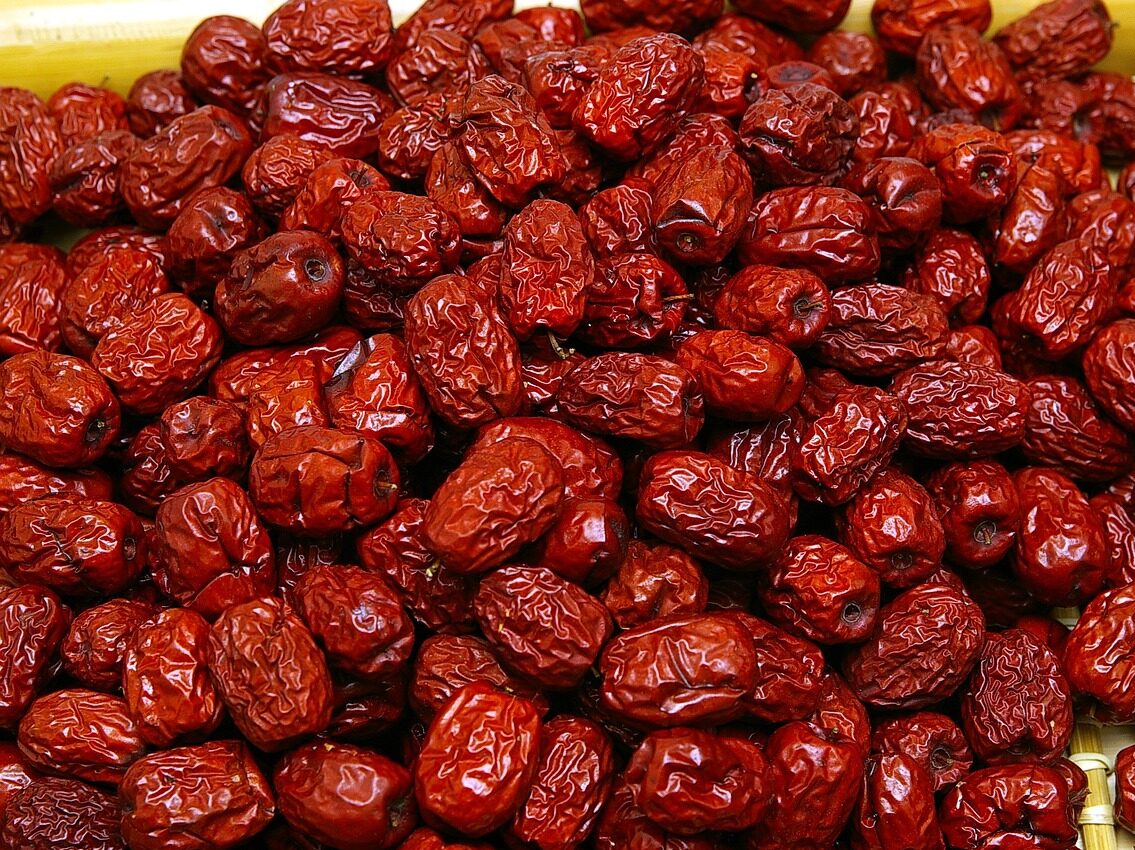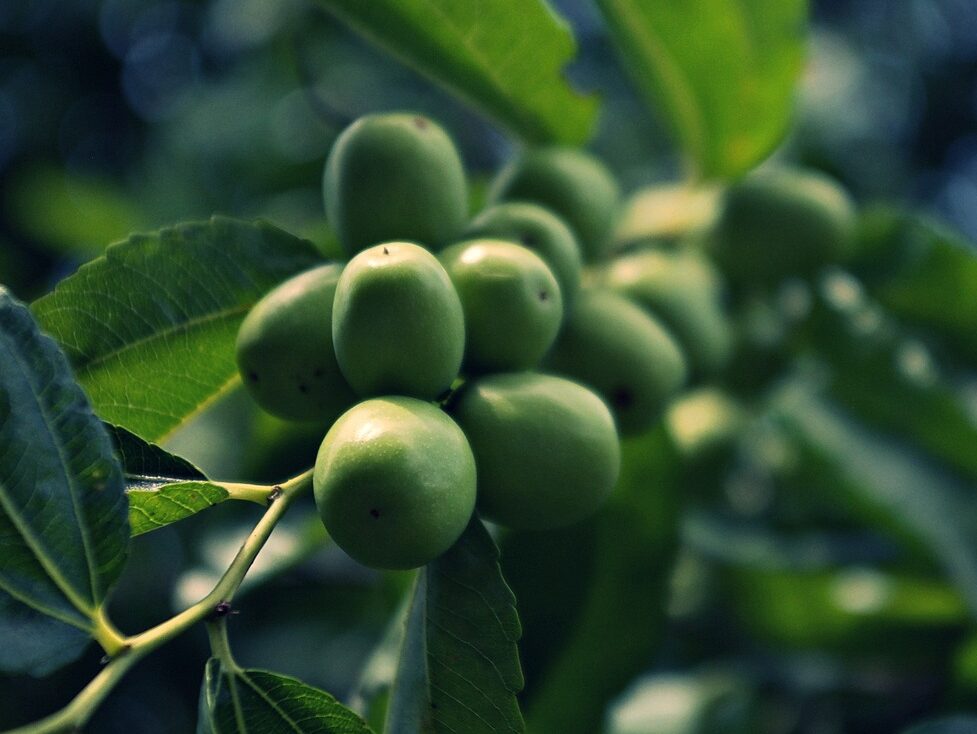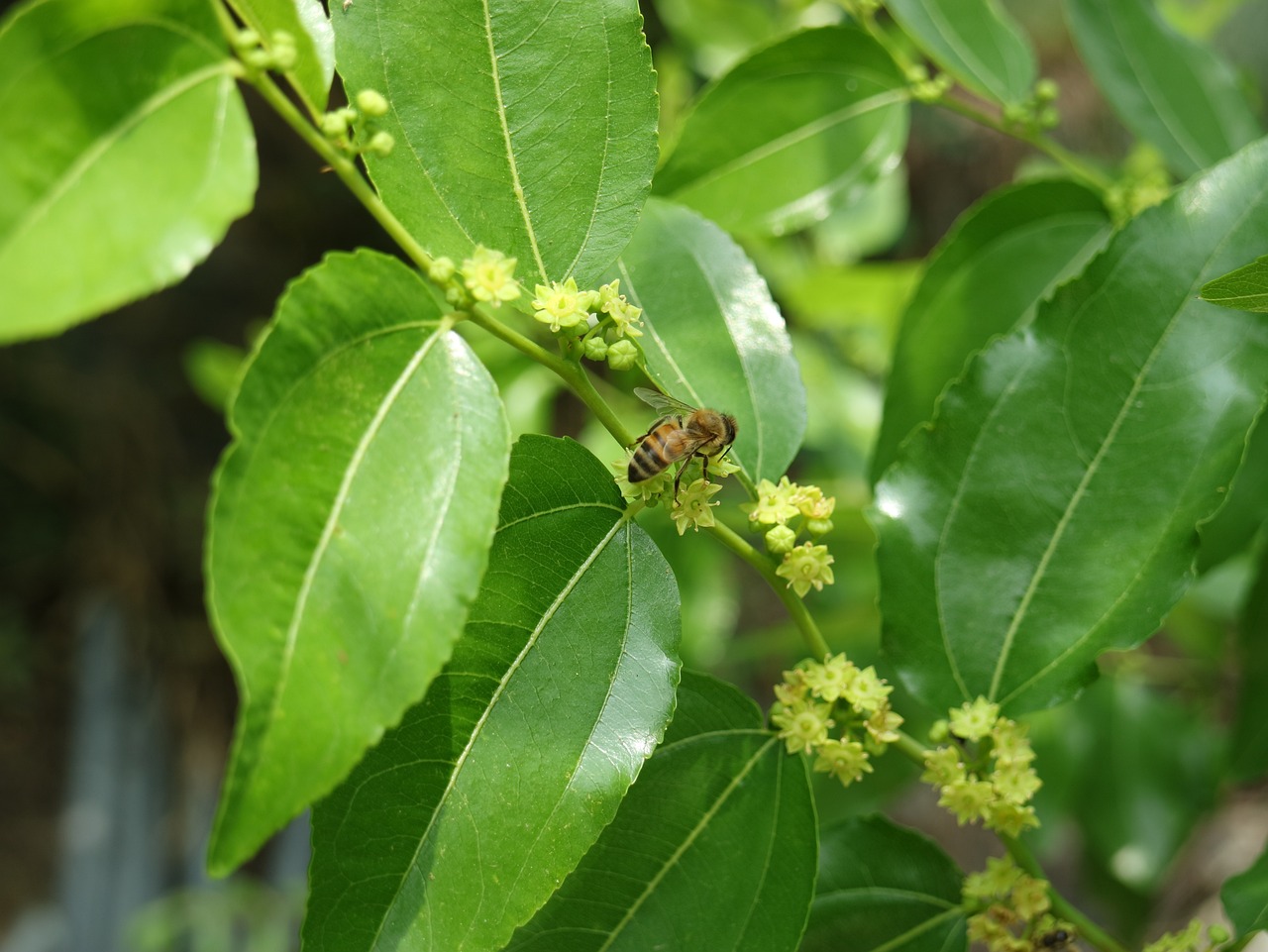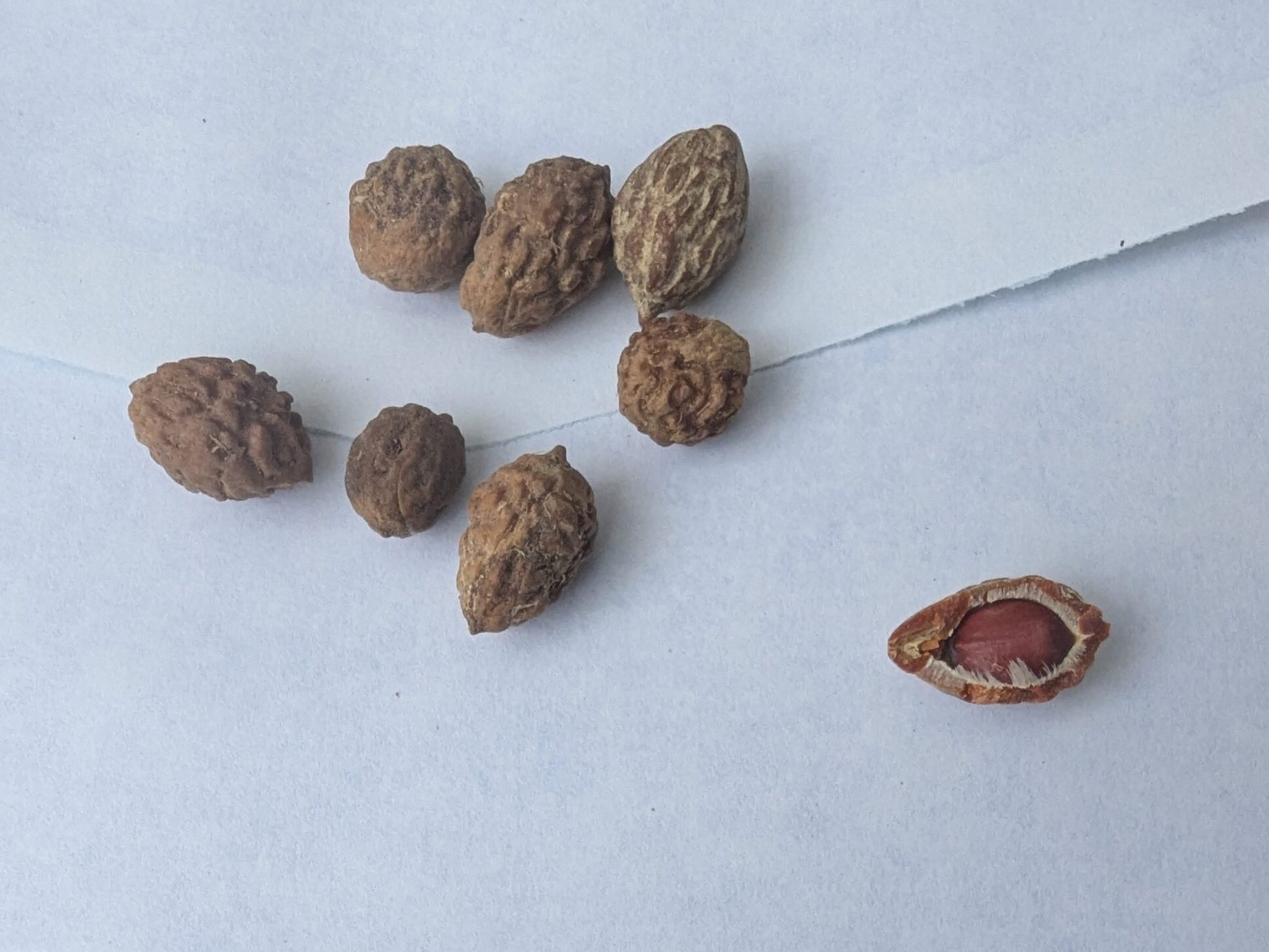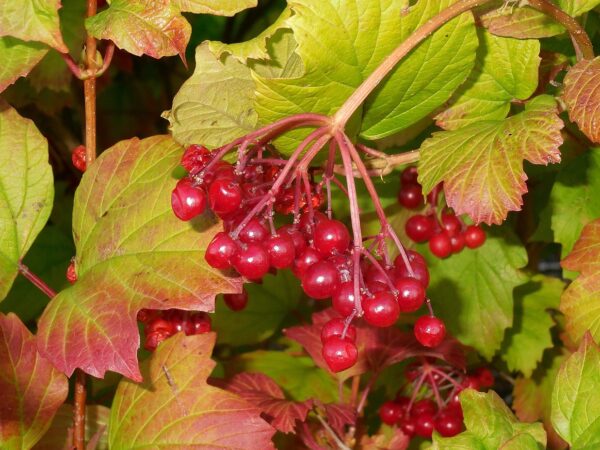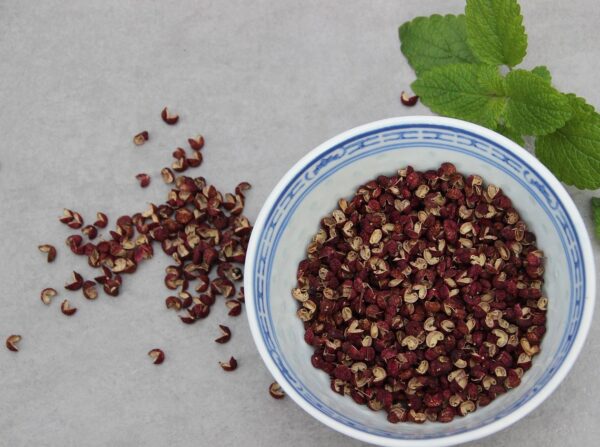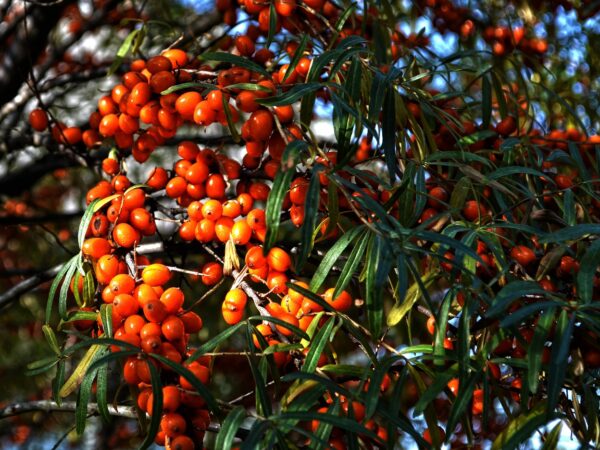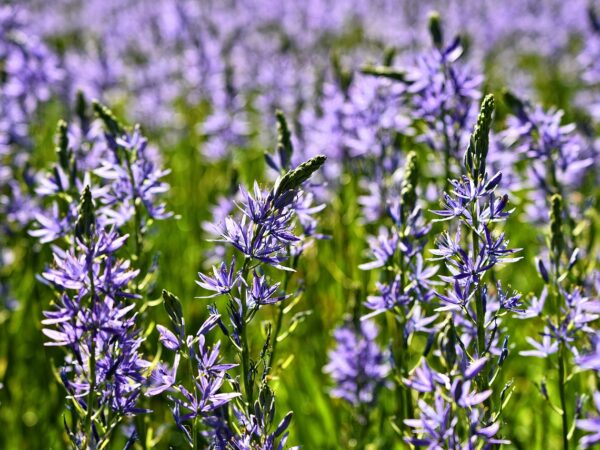Your cart is currently empty!
Additional Info
Growing Jujubes: The “Weird Apple” That Tastes Absolutely Delicious!:
How to Grow Chinese jujube from seeds Fast…:
Studies:
“Ziziphus jujuba”: A red fruit with promising anticancer activities
Description
Pack of 5 seeds.
A self-fertile, mid-sized tree with fruit that tastes of an apple crossed with a date with a touch of caramel mixed in. What else do you need to know?
Seriously though, Jujubes are another of those fruits that I think of fondly from my time in China, so it’s good to be able to grow them in my climate. More than that, in our quest to be self-sustaining, Jujubes are another in a short list of plants that allow me to grow my own sweetener. While I’ve traditionally ordered dates and made a date paste for long-term storage, I can do the same thing with the Jujubes once they start producing (and I can stop spending the money on dates).
Rad.
That said, it’s a little marginal for places that get as much rainfall as we do (1800-2000mm annually). Our Taranaki hill country volcanic clay soils cover a multitude of sins when it comes to watering, but you’ll either want to be in a drier location of the country, or make sure you plant these up in well draining soils.
The technical bits –
A drought-hardy deciduous fruit tree grown native to arid parts of China and Central Asia, it’s been cultivated for over 4,000 years. Jujubes are high in vitamin C, iron, and antioxidants, and have been used in traditional medicine for digestive and calming properties.
Z. jujuba typically grows 4–8 metres tall, with a rounded crown and slow to moderate growth. It thrives in full sun and well-drained, sandy or loamy soils, and is tolerant of drought once established. Though cold-hardy to around -20°C, jujubes require long, hot summers for fruit to mature properly, so they are best suited to warm, inland areas of New Zealand with good heat accumulation.
Chilling for Fruit Set:
Most jujube varieties need between 200–400 chilling hours below 7°C in winter to set fruit well. They are self-fertile but may crop more heavily with a second genetically distinct plant nearby – grow up 3-5 seedlings to give yourself the best odds.
Germination and Cold Stratification:
Seeds have a hard coat and dormant embryo. Crack or scarify the stone carefully, then cold stratify for 3-4 months at 1-5°C. After stratification, sow into warm soil (25-30°C). Germination is often slow and irregular – allow up to several weeks or months.
Pack of 5 seeds.
